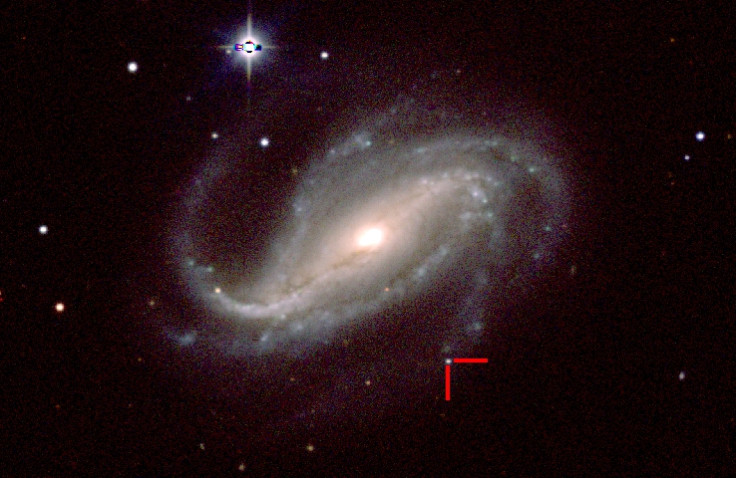Birth of a supernova: This locksmith peeked into the sky and captured a star as it exploded
Victor Buso was testing a new telescope camera mounted on the top of his home when he made the unique discovery.

An Argentinian locksmith has done something never done before in the history of astronomy – capture the birth of a supernova.
When a star gets old, it dies with a catastrophic explosion, making a supernova. Astronomers have seen several supernova remnants till date but Victor Buso, who has a particular interest in astronomy, is the first person in the world to see the elusive, initial changes that take place as and when a massive star explodes.
Although the event, which involves a sudden burst of light and energy or a shock breakout, typically lasts for a few minutes, Buso was lucky enough to photograph the rarity.
On the night of 20 September 2016, the amateur astronomer was testing a new high-powered imager mounted on his home observatory.
As the initial set of images produced from the device was not too impressive, he decided to capture a few more shots, this time looking at galaxy NGC 613, which is located some 80 million light-years away from Earth within constellation Sculptor.
Unaware of what is to come, the astronomer took a series of 20-second exposure image over the next hour and a half. However, when he compared the results with online images from other observatories, he spotted something weird, a muted speck of light which appeared to be growing brighter at the end of the galaxy's spiral arm.
When he looked at the object again the following night, he found a beautiful, glowing supernova -- now called SN 2016gkg. Astrophysicist Melina Bersten's team further confirmed the observation and described it as a newly born, normal type IIb supernova, in a paper published in journal Nature. In such events, giant stars eject outer layers of hydrogen.
"We actually think this is the first time an observer recorded the appearance of a supernova literally on camera," Bersten told Newsweek. "Some supernova have been discovered hours after explosion. But, Victor Buso caught the exact minutes when the supernova was being born."
Observations like these could provide critical information to help astronomers understand how massive stars lose mass during the lifetime. However, the researcher stresses the odds are relatively less, approximately one in ten million.
"Victor Buso, an amateur astronomer in Rosario, Argentina, was checking out the new camera on his telescope by taking pictures of a nearby spiral galaxy when a star within it went off in a supernova explosion" (New York Times, recién). pic.twitter.com/HjXLnjEJr6
— Derecho enZapatillas (@dzapatillas) February 22, 2018




















